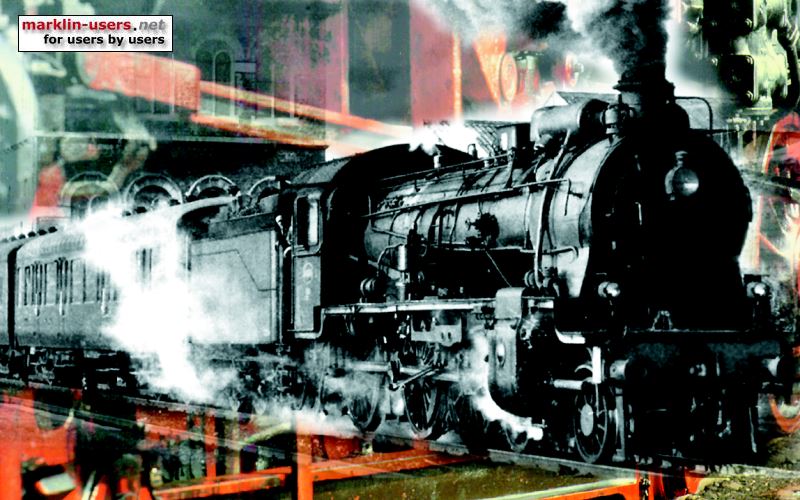Here Kevin describes the basic tools &
materials that will be used in this article series. Some are expensive,
some not. Remember that there are always alternatives to the tools
listed. You don't have to get a Dremel if you already have a Proxxon or
similar handheld tool, or a battery charged Black & Decker or such
that you can attach small tools to... ;-)
The tools listed are those Kevin uses and recommends.
Weathering, tools &
materials
In order to make our layouts more realistic and less toy like, we must to
some degree weather our models. Now I know this is not for everyone, but
with a little effort we can make our models really come alive.
In this introduction, I'll talk about
the tools and materials we will use. As we get to specifics I will explain
how to apply the weathering and the "why's" of
weathering.
Tools:
- Airbrush (for spray painting)
(Webmaster warmly recommends
Aztek A470...)
- Two sets of paint brushes, one
should be the best you can buy and the second one "as cheap as
possible"
- Pump type spray bottles (to
spray e g "black wash")
- Tweezers (to pick up those small
parts...)
- Eyedroppers (very useful to mix
& apply paint)
- Dremel tool (a very handy tool
for all modelers)
- Q-tips (besides cleaning your ears,
you can use these for much else too..)
- Drill set (very small)
- Sponges (to apply paint, scrub
off excessive paint, and more....)
- Latex gloves (to protect your
hands from messy & hazardous stuff)
- Masking tape
Materials:
- Paint (I use two kinds, solvent-based
and water-based)
- Black wash (you make again two
different kinds a light and a dark. Get some rubbing alcohol (drug
store) and some India ink (get it from an art supply store) add one
teaspoon of ink to a pint of alcohol, this is light wash. To another
pint add two teaspoons of ink, this the dark. This can be put in a
pump type spray bottle.
- Pastel chalks (again, visit the art
supply store)
- Flat finish
- Rust all
- Modelers mortor or Roberts mortor
(I'll explain the last three when we start to use them)
- Scenic materials (like coal for
tenders, etc)
What we will be weathering:
- Track (yes, they are models too!)
- Locomotives (and a short course to
re-letter/number them too!)
- Rolling stock (both passenger and
freight cars)
- Structures (ever seen a shiny tile
roof?)
- Scenery
- Figures (yes you read it right...)
- Detail parts
So, get shopping!
Of course you will not have to get everything at once, the general recommendation is to get the things when you need them. After a while,
you will have accumulated all the necessary material needed for a
"professional" weathering tool-box to be used in the future.
You will have many hours of fun with it when you realize how
good-looking your layout can be...
|
